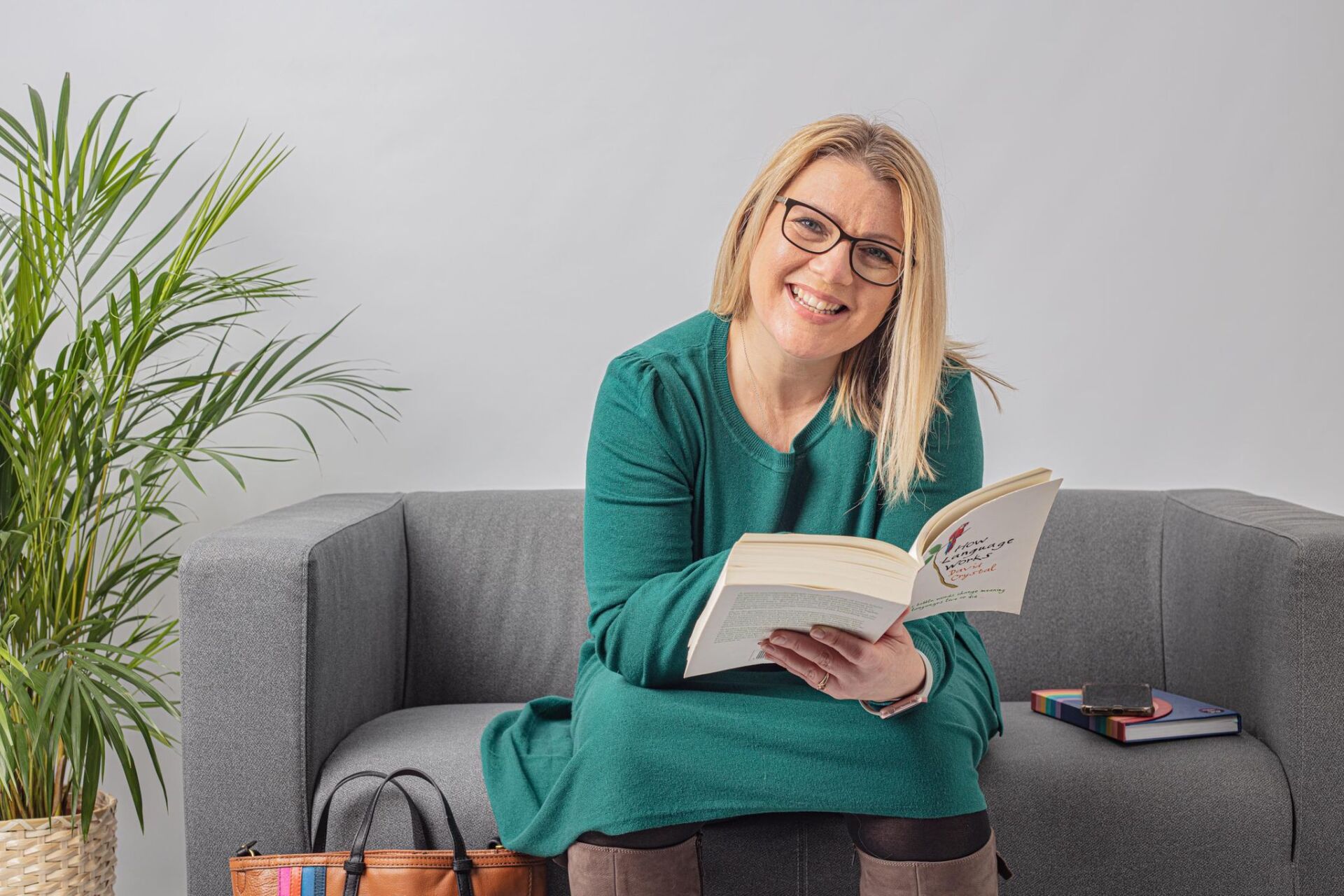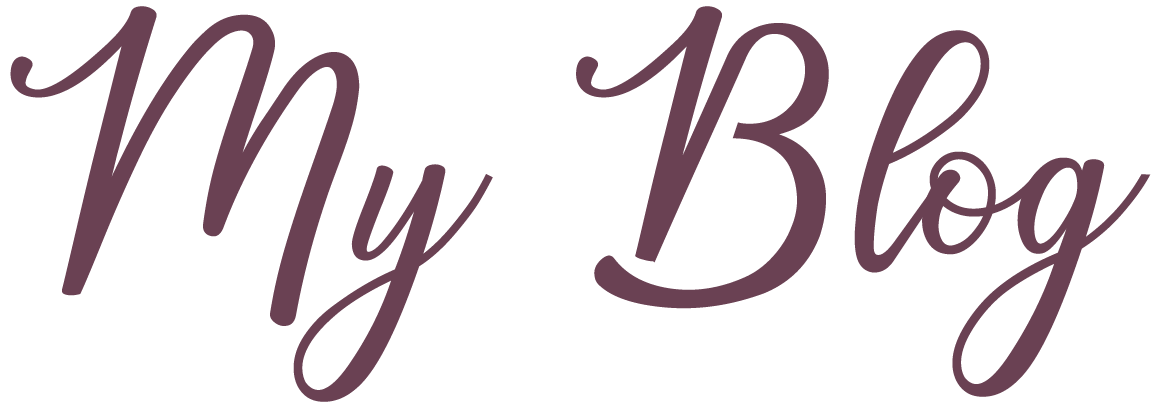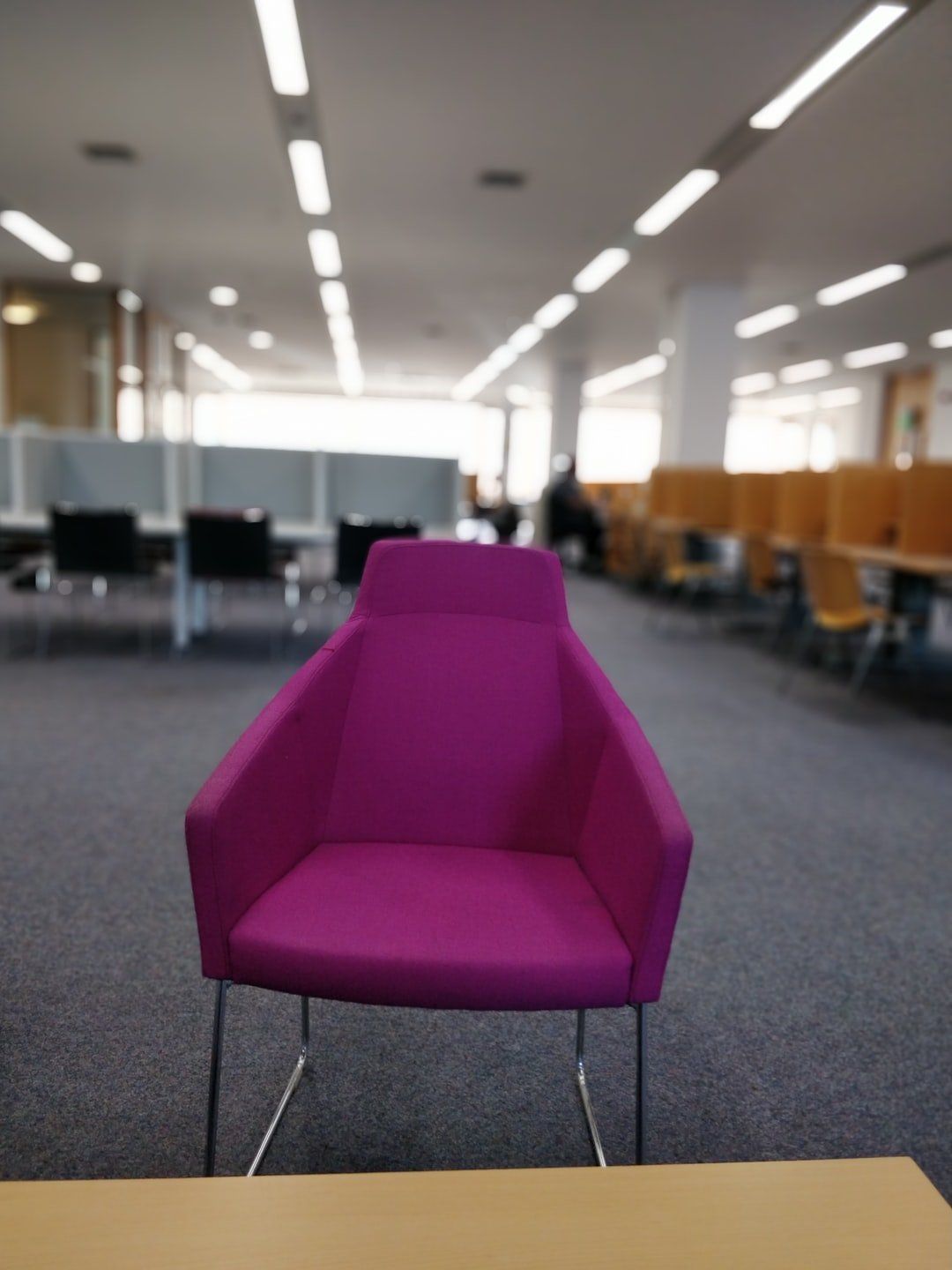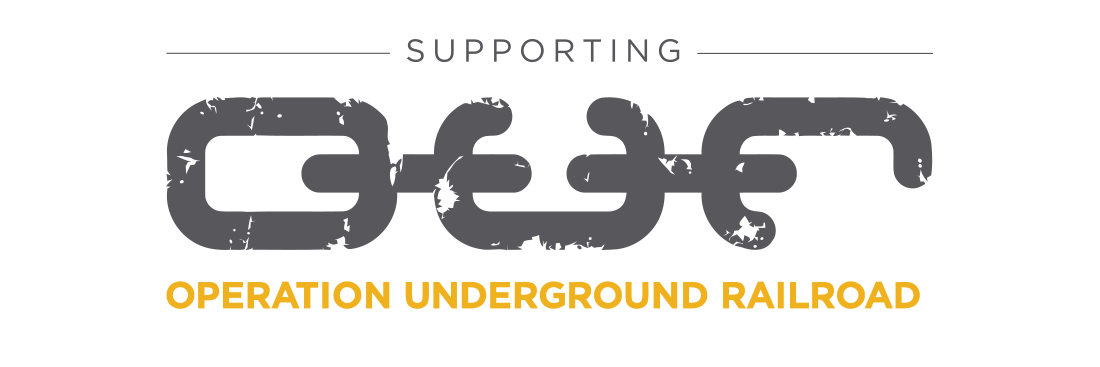07717737874
enquires@sarahjchapman.com
MA graduate in Applied Linguistics, NLP Breakthrough Coach, Master Practitioner, Woman in Business and Mother.
Applied Linguistics in the Workplace
Cultures are embedded within a business, they can become so second nature that they are the 'norm' but have you stopped to look at whether or not your company's culture is helping drive your team and company towards specific goals or away from them. You may be going in the right direction but its possible that some of the culture (reflected in language) may be slowing your progress down. Once the key language is exposed and your company mission is revisited with a consideration of the contrasting language you have a way of using measurable data to use as a demonstration of the contrast the between current culture and desired culture that serves and aligns with your company mission then in a completely constructive way you can encourage measurable moves towards the company goals. Any manager or business owner knows that social dynamics in a department or team have an undeniable impact on overall success. The data that I provide after half a training day can radically change the way you see the relations of your teams and allows you to make highly informed decisions about how to structure your teams and support each individual to ensure well being of employees and increased efficiency of teams - ultimately creating the 2mm shift that creates the difference.
How can Linguistics Empower Business?
The field of self development is full of inspiring leaders and options for supporting your business. However, there are very few if any that do what I do. Whilst I will deliver training and opportunities for your teams to see the power of the conscious mind in their career and relationships, what I deliver is something that lasts much longer than the few hours of feel good, thought provoking training. I am trained and certified as a master NLP practitioner but I am also Masters level graduate in Applied Linguistics which means language to me is data. I have created my own research studies and trained with world renowned linguists on how to interpret that data. The training days therefore are designed to give immediate impact to the work environment and your employees but they are also creating data that will inform you of the relationships dynamics of your team at a level you have never seen before. This has proven invaluable to businesses and teams with a brand new perspective on how to best support your employees, structure teams and where to make crucial shifts.
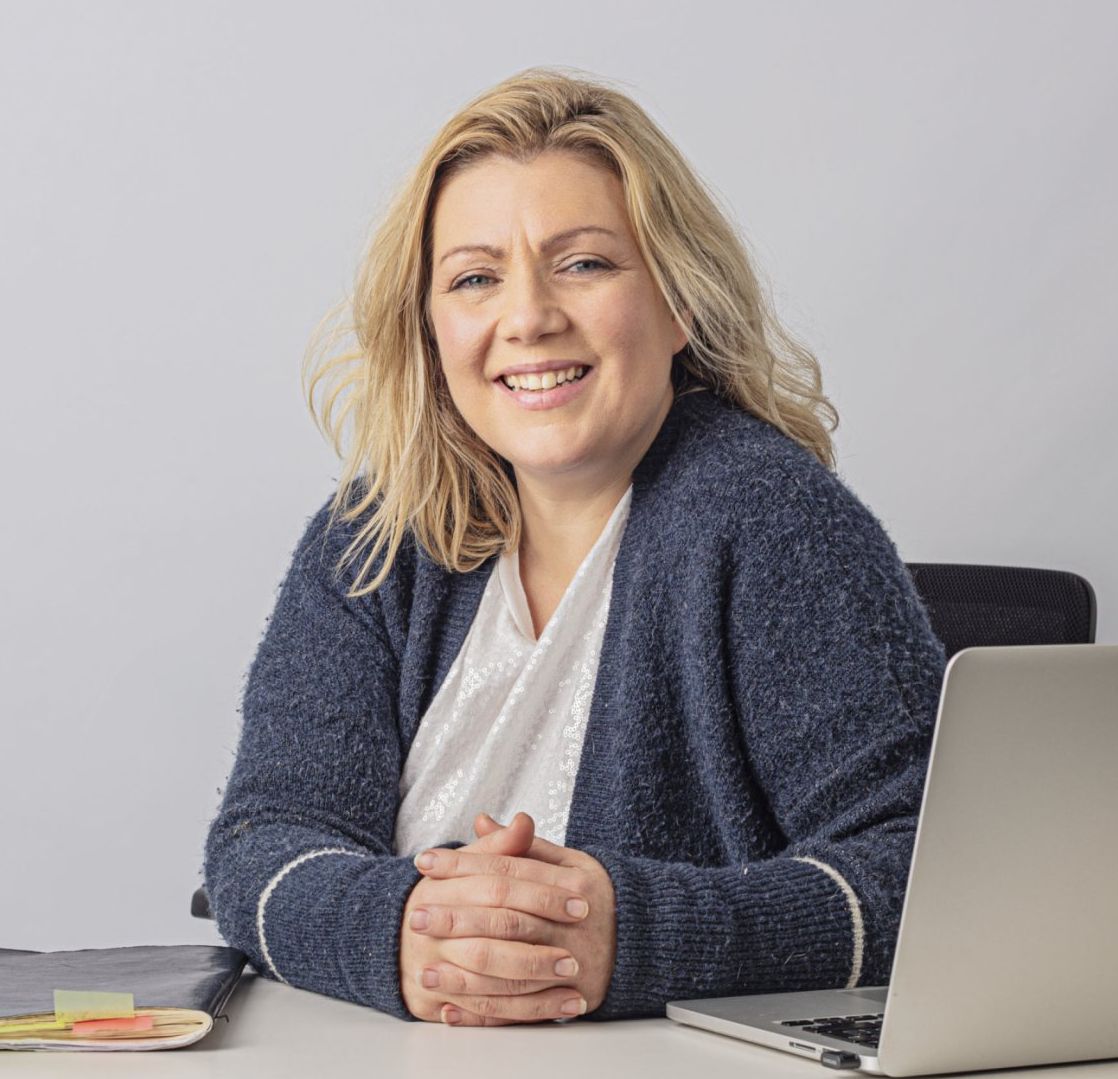
How can I Support You and Your Business?
Supporting successful relational dynamics to increase productivity and OUTCOME
Writing your mission statement
Perfecting the tone in your text
Writing your mission statement
Perfecting the tone in your text
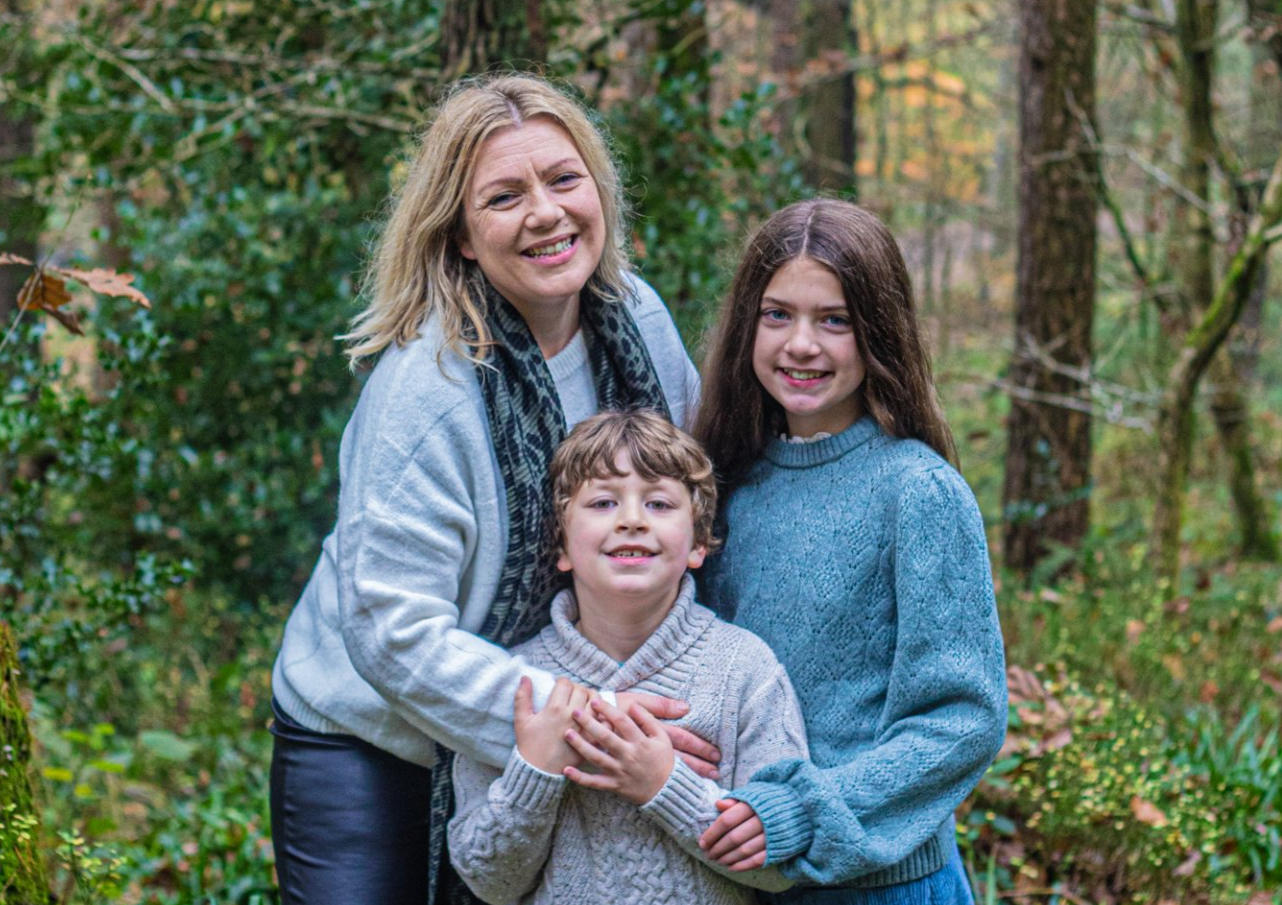
The reason I talk about language 'so much' is because it is key to every relationship (including the one you have with your self). How you talk, choices you make with your language, structural choices - even the intonation and speed you use reveals your thought patterns (internal dialogue) and further compounds your experience of the world around you. So here's the thing... I think right now we would all agree that we want a world with more peace, more unity and more love. How does my use of language have anything to do with that? Read the whole blog to find out. In brief, I believe that more peace is the same as less conflict and that starts with each of us individually. It is about how we interact with the people around us, it's the butterfly effect. My interactions in my daily life affect every human being I come into contact with which in turns affects (or has the potential to) every person they come into contact with and so on. Discovering the secrets in everyday interaction and understanding self-talk will one hundred percent help you understand yourself and others better. It is one of the keys to unlocking a way to greater peace in your life, greater possibility for unity rather than division and conflict and the ability to love yourself and others more. And, yes it is all possible through a greater understanding of the way we use language.

How Do We Actually Become Better and What even is BETTER? That is up to you! But… if you can read this you will have already decided, many years ago. Going after other versions of Better (other than the one you already decided at a subconscious) may be difficult due to undiscovered conflicting beliefs. So, if you are not doing this with a trained coach who can help you remove internal conflicting beliefs, here is where to start - with what you already decide BETTER is to you. ‘Actions Express Priorities’ – Mahatma Ghandi Ghandi was my first hero and role model as a child. Watching the film with Ben King had a significant effect on me personally. I know now as an adult that the film was produced, whereas as a child that awareness did not exist. I remember watching it, it was as if I was watching the exact real-life events as they happened. I was deeply moved, and I did not realise until the last few years that this was so significant for me, that it shaped my version of ‘better’ for the past 30 years. When I saw Ghandi, I saw someone who inspired me. I saw: Discipline. Kindness. Compassion. Fairness. Justice. Equality. Standards. Strength. Goodness. Doing Hard Things to Achieve Better Things. Resilience. Peace. Understanding. Intelligence. Service. Whilst people may disagree about who Ghandi was, they cannot disagree with who he is to me. This is what I experienced as I watched his actions. The expression of his priorities. My focus has always been – be a better version, a more knowledgeable version and then serve better. Until recently I didn’t understand how one experience could have such a significant effect on the way we then go on to live our life and judge ourselves as to whether or not we are enough. Whether or not we are meeting our own expectations. BETTER is individualised, commonalities will be present due to social context, but they will be specific to you according to and creating your values and beliefs. So first of all: Step 1 Get clear on what BETTER is to you and WHY. Autopilot? Perhaps now we have assembled one or two ideas about what action we can take in one area of our betterment process. Once we have an action plan, then it comes down to scheduling and following through. Segue from Betterness to Habits! Stay with me – I will bring it back together. Studies show that around half of our day is not consciously chosen action but rather autopilot. Otherwise known as a habit! 1 The definition of a habit in psychology, is an action that is triggered automatically in response to contextual cues that are associated with performance: e.g., automatically putting on a seatbelt (action) after getting into the car (contextual cue). Half my week is me in autopilot! It is not an individual thing it is an inevitable thing. The brain is built to categorise and file to save power (that’s why biases are inevitable) and automate wherever possible. We would not get much done if this were not the case – but - the question remains – out of the 50-55% of the day I am not in autopilot – how well am I using that time? And, here is the connection – how much of my effort in that conscious time is moving me towards BETTER? As I see it we have a two pronged attack here – 1. Create some betterment habits so that they are autipilot but also move us towards a BETTER version of ourselves. 2. Use the conscious time CONSCIOUSLY. How am I consciously using my non-autopilot time to help me get to my own version of BETTER? What tools or structure do I have in place to help me and how efficiently am I using them? Here is one way to utilise the power of habits. Take any healthy habit that is going to improve your day, week, year, life. Then decide where and how you will include it. AWE WALKS. Here is my example of a healthy habit I want to include every day. Here’s why: A recent study2 that assessed the difference between walking for 15 minutes quietly and walking for 15 minutes consciously aware and thankful for nature. It found that the group that focused their minds on nature around them showed a significant boost in ‘positive prosocial emotions such as compassion and gratitude’. The study even showed that when the two groups took selfies, the image of the person on the AWE WALK would have that person’s image as smaller and the nature as the focus whereas the control group selfies did not follow this pattern. Maybe the best data was that the AWE WALKERS had significantly increased smiles in their selfies. How awesome! How do we improve our habits? A study on the development of habit formation carried out by Lally P et al. 3 suggested that the often quoted anecdotal 21 days to form a new habit was inaccurate. Instead, it has been demonstrated that the real number is more like 66 days as an average. Health professionals concluded people should expect the habit to embed at around 10 -12 weeks. Dr Rangan Chaterjee in his book Feel Better in 5, addresses the effectiveness of forming a new habit by using the piggy-back effect. Linking a new habit to the already familiar increases our chance of success. Remember – a habit is an action that is prompted by a contextual cue. Any action we are already in the habit of doing can therefore become the contextual cue, for example I walk my dogs everyday so if I want to successfully add an awe walk to my day it makes sense to piggy-back the awe walk onto the dog walking. The dog walk becomes the contextual cue therefore I need less will power and less change is needed. 1. Decide what a BETTER you is to you. 2. Can you identify the origin of why that became your BETTER (if not don’t worry) 3. Decide what one action you would choose to take that would move you towards that version of a BETTER you. 4. What are you already doing that could be your Contextual Cue – Piggy Back it 5. Continue for the next 10 weeks 6. Enjoy the BETTER you References 1.Lally P, van Jaarsveld CHM, Potts HWW, Wardle J. How are habits formed: modelling habit formation in the real world. Euro J Soc Psychol. 2010;40:998–1009 2. Weller, N (2020). Awe walks boost emotional well being. San Fran, CA Weill Institute for Neurosciences. Sturm, V.E et al. (2020) Big smile, small self: Awe walks promote prosocial positive emotions in older adults. Emotion Advance online publication. https://doi.org/10.1037emo0000876 3. Quinn, J.M., & Wood, W. (2005).Habits across the lifespan. Unpublished manuscript, Duke University; Wood, W., Quinn, J.M., & Kashy, D. (2002). Habits in everyday life: Thought, emotion, and action. Journal of Personality and Social Psychology, 83, 1281–1297.


